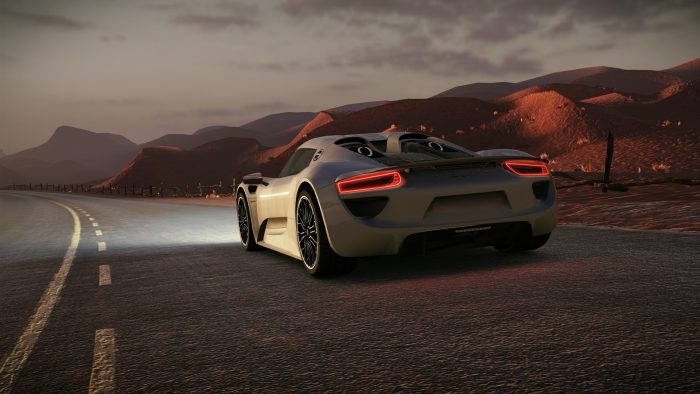
There’s not a lack of racing on the Switch. There are plenty of kart racers, arcade-based expositions, and even games that let us use cars to knock balls into giant nets. But sometimes I wonder why the Switch doesn’t have more serious racing games. Sure, it’s under powered, I get that. Sure, the online only recently got the emphasis it needed. And sure, there wasn’t a lot of outcry for this kind of experience. But maybe if the right game came along there could be some interest. There’s definitely a gap.
Gear.Club Unlimited 2 is aiming to fill that void on Nintendo’s console. And, if not for a few small annoyances, it succeeds in creating a satisfying simulation experience that has some surprising depth.
https://www.youtube.com/watch?v=XsjHTFBgN2w
G.CU2 is the follow up to a game that launched on the Switch last year, based on the mobile game of the same name. While the first game was very nearly a port of that mobile experience, the latest iteration pushes to be a more unique, self-contained racer. In effect, it feels more purposefully built for the Switch this time around. It’s very clearly trying to be the hybrid console’s Forza Horizon or Gran Turismo, but with some necessary cutbacks to get it to run on the device. This does mean that there will be some (many?) comparisons to be made between this and its inspirations, but perhaps being mentioned within that company could be enough to pique some interest.
G.CU2‘s main conceit is its mix of realistic visuals and precise racing, albeit with a casual flavor sprinkled throughout. It immediately drops us into a campaign in which we fill a spot for a desperate race team, only to win enough early match ups that we (rather quickly) earn their trust. The campaign has us scoot around on a variety of courses over a map, from mountainsides to beaches to highways, against other opponents or their ghost cars. It doesn’t have a central racing locale, coming off a little like the developers just threw some cool tracks together for us to check out (and none that are licensed). Thankfully the tracks are nicely designed and the visuals are some of the best I’ve seen on the device. The color and lighting are on point, and though it’s not going to motivate us to grab a 4K monitor any time soon, G.CU2 looks pretty on a big screen. The game moves very smooth, both on handheld and TV, and there’s surprisingly little blurring that I noticed. The only thing that visually throws me off are the shadows, which don’t seem to register too well. It may not seem like a major point, but they help me register my vehicle to the pavement a little more accurately, especially when sliding around a map.
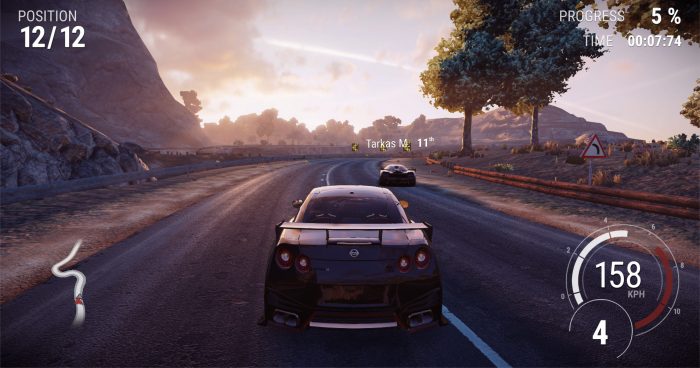
The entire career mode is actually pretty massive. It took me nearly 15 hours just to get through half of the game’s 250 or so races, so the game isn’t something we can rush through in a weekend. The races themselves can take a few minutes to play, and are almost always followed up with some tweaks to the car or the spending of winnings on garage upgrades — there’s a whole sub-game of garage outfitting that can suck away hours and in-game funds. I mean, it may not be necessary to buy the pair of potted plants that just popped up, but at the same time they *do* add ambiance. This additional aspect of the career is a little carrot that some of us will come back to, scratching an Animal Crossing-meets-Top Gear itch that I never knew I had. It requires time to keep poking at it, but being able to do so while watching winter football on TV is the kind of situation in which the Switch shines.
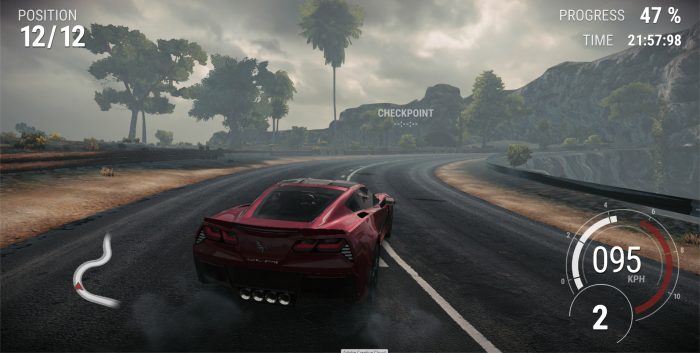
But that same Switch sheen can also be a bit of a drawback.
While the game does pull magic on the hardware, it falls behind in a couple of key areas. For one, the load times are horrendous. As a disclosure, I have the game downloaded through to an SDXC card, not on the Switch’s embedded drive, mostly because that space is taken up with my Mario, Splatoon, and Zelda mains. So while I’m not sure the extent that the game’s loads are hampered by being on a card, I can compare to other games saved on the card as well that don’t have nearly the wait. While that’s not a deal breaker, it’s a bit of an annoyance when I *do* have precious seconds (or minutes) that I want to be playing but can’t.
Second, the Switch has no analog buttons. Ugh. But we know this, and developers know this, and so any control scheme needs to take this into consideration. While the lack of pressure-sensitive controls is not much an issue with arcade-based racers, it can make a simulation experience like in G.CU2 feel like it’s lacking something. The developers at Eden have vast experience in making racing games since their V-Rally titles in the late 90s, and so they’ve used that knowledge to the best of their ability here to make do with the hardware limitations by adding levels of braking and acceleration with different buttons, but it still feels a little disconnected. For example, going around corners takes a little practice to get the drifting right, and is less natural than it should be. It reminds me more of those pre-HD racers than modern ones, so it’s not that the controls are bad, just that they’re a little aged.
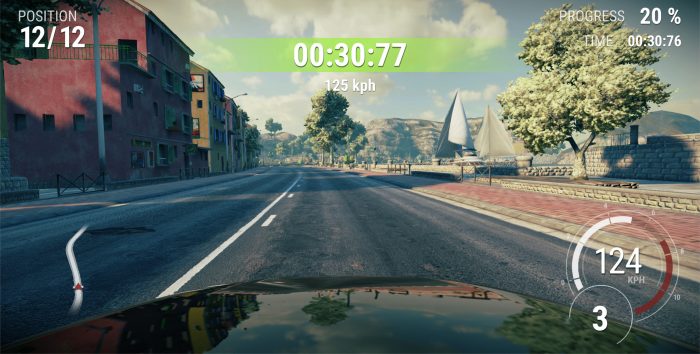
But again, not a deal-breaker. In fact, the positives outweigh any negatives, and provide enough to keep us interested. The game has a neat rewind feature, like Forza, so that if we crash or take a turn too loosely we can back up for several seconds. It’s even shown as a bar at the top of the screen for a little more precision, and feels like we’re using Adobe Premiere or iMovie, so the multimedia nerd in me is cracking a smile. There are a lot of race modes, even for multiplayer, but the online modes are currently limited to asynchronous play. We’re told that a more full-featured multiplayer mode is coming soon. I appreciate the ghost car races, because at least opponents can’t see how bad I can be sometimes. The game’s namesake club mode is back and improved as well, allowing players to create and join online Clubs, compete for bragging rights, and earn cash for more of those sweet, sweet houseplants. I think all of us initially get stars in our eyes to start up our own club, before realizing that no one else will join. When I created my own club, I noticed that there were dozens of others with only one or two members each, and opted to jump into someone else’s instead. The mode doesn’t push us to race all the time, but when it does, it wants us dedicated to complete a few races at once. I can envision this as being great for friends who are playing over the holidays in those late hours of the night.
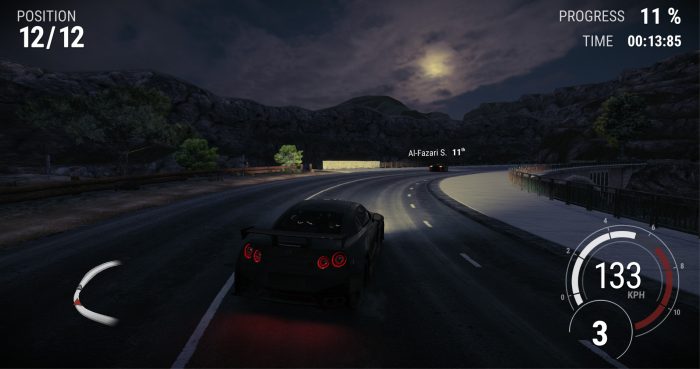
Gear.Club Unlimited 2 surprised me more than I was expecting it to. It has a lot of depth in features, plenty of unique modes, and looks great on any size screen. It has a few drawbacks, but it’s enjoyable and competent. It caters to a niche, but potentially growing, crowd that has been asking for more serious competitive racers on the Switch, and the ability to take that race on the actual road is always a positive.
This review is based on an eShop code for the game supplied by the publisher. The game was played over 20 hours, both in the campaign and online, and in Club mode when possible.

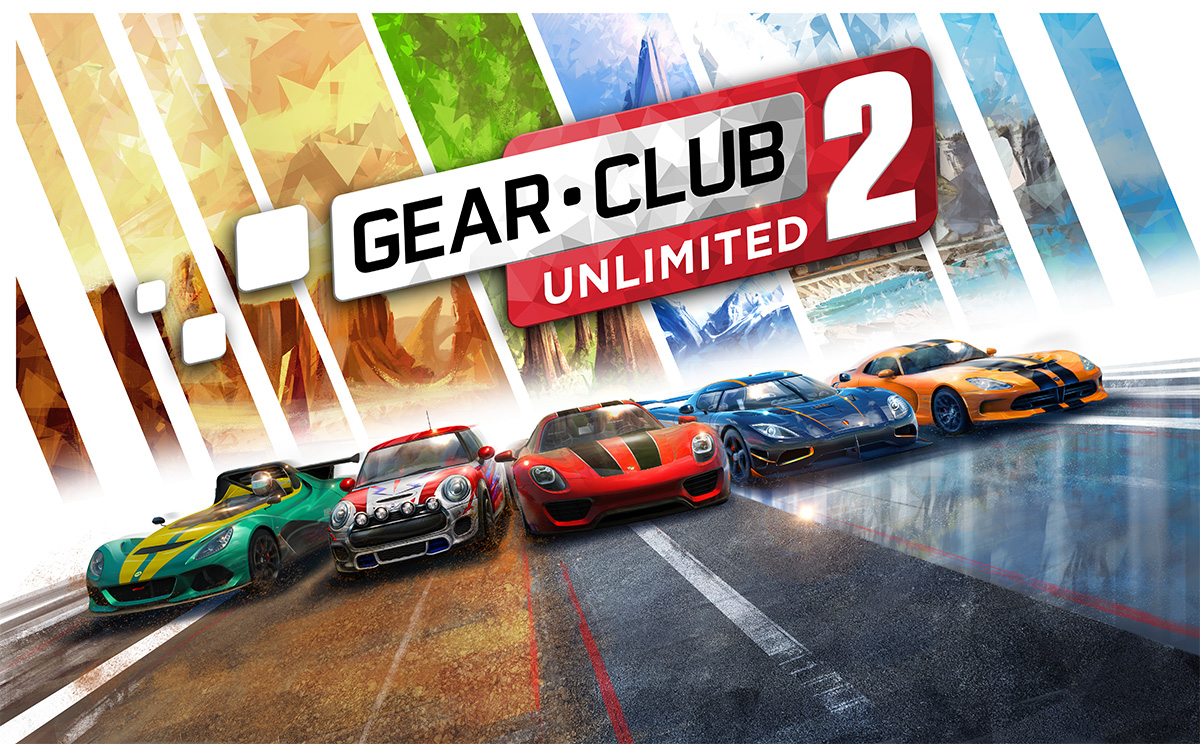

No Comments